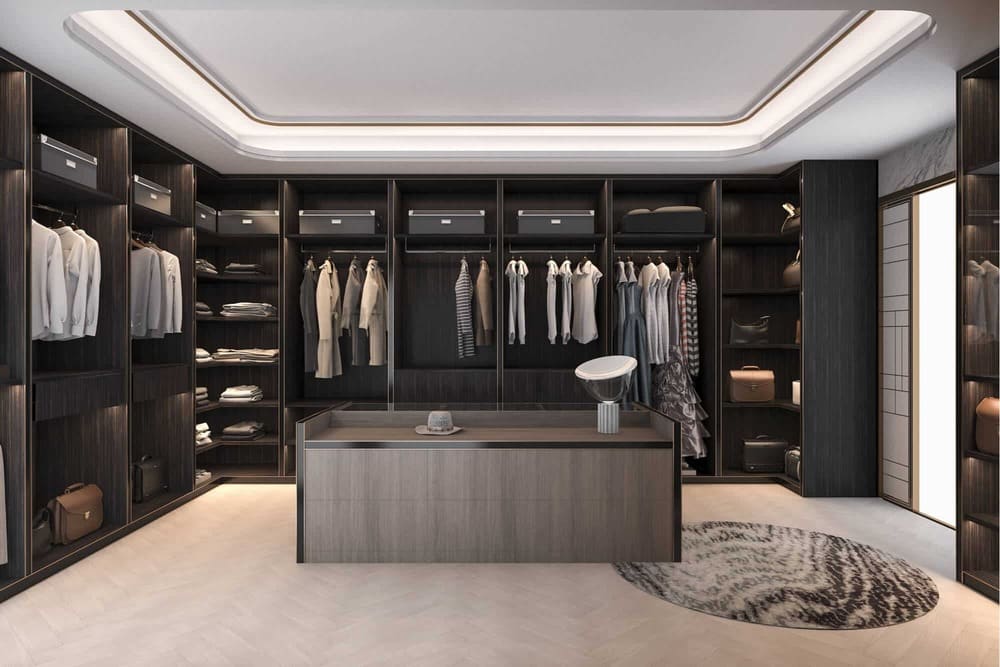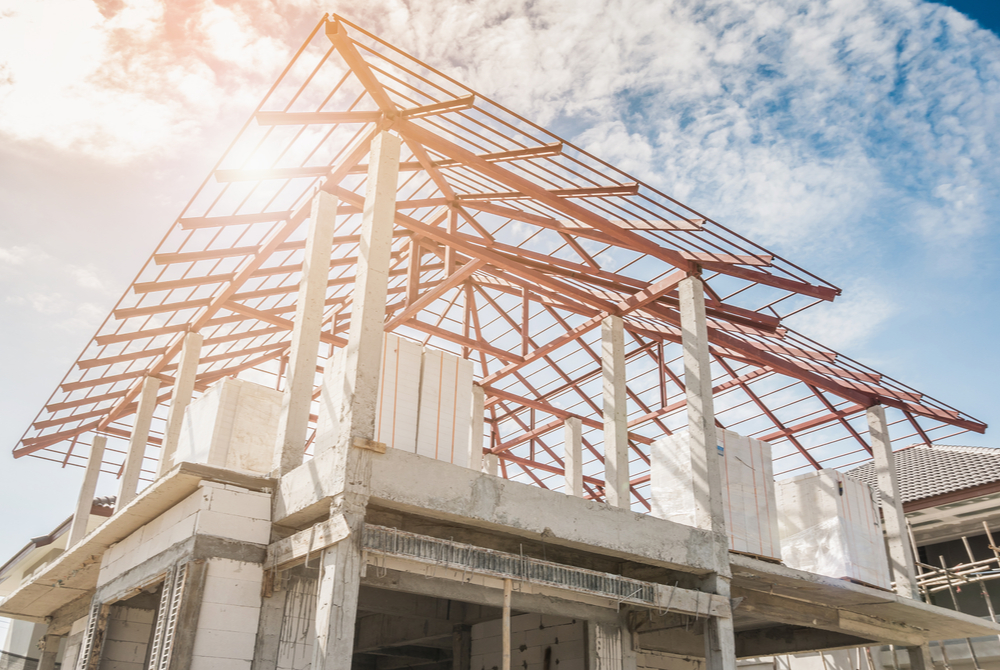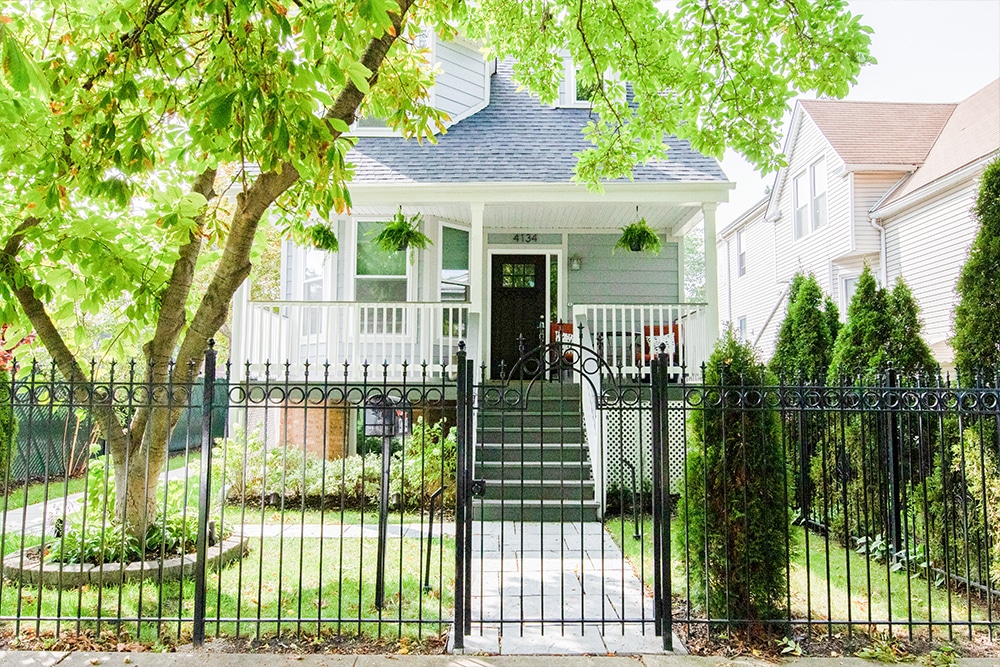A Contractor’s Guide to Home Additions
Planning a home addition in Chicago calls for meticulous attention to detail, particularly in relation to zoning laws, permits, design aspirations, and construction logistics. The process is intricate, as contractors must navigate unique city-specific challenges to ensure successful project outcomes. Home additions present a viable solution for homeowners who need extra space but prefer not to relocate. However, in Chicago, the process is shaped by distinctive regulatory and architectural considerations. This guide aims to provide in-depth guidance for contractors managing home additions in the Windy City.
Step 1: Define the Purpose and Scope
The first step in any home addition project is to help homeowners articulate the specific purpose of the addition. It is essential to delve into the details: Is the addition intended for a growing family, to create a dedicated home office, or as an in-law suite for extended family? Understanding these intended uses is critical as it influences not only the layout of the addition but also informs the structural requirements and budget.
Common types of home additions in Chicago include:
- Room Additions – Expanding existing living spaces, such as adding bedrooms or family rooms.
- Second-Story Expansions – Particularly popular in bungalow-style homes, where vertical space can be utilized effectively.
- Garage Conversions – Transforming existing garages into usable living spaces, such as apartments or workshops.
- Sunrooms or Enclosed Porches – Providing a transitional space that connects the indoors with the outdoors.
- Basement Finishing – Converting underutilized basements into functional areas such as guest suites or recreation rooms.
Consider a Micro Addition
If you are unsure about investing in the addition, you can always go for a bump-out. Also known as a ‘micro addition,’ it is basically an expansion of an existing room in the home. While it does still require permits under Illinois law, it is far less invasive than incorporating a whole home addition. Micro additions allow you to add a small amount of square footage to transform a space and make it more functional. These are ideal for:
- Kitchens that require an island or more counter space.
- A walk-in closet for a bedroom.
- A breakfast nook, complete with seating arrangements.
Each addition type carries different implications regarding plumbing, HVAC requirements, and necessary structural reinforcements.
Step 2: Assess Site Conditions and Zoning Regulations
Chicago’s zoning laws are multifaceted and can vary significantly from one neighborhood to another, making it crucial for contractors to thoroughly assess zoning conditions. Key elements to evaluate include:
- Lot Size and Setbacks – Understanding the minimum distance your addition must be from property lines is essential for compliance.
- Floor Area Ratio (FAR) – This determines the allowable square footage based on lot size and regulates the overall bulk of the building.
- Height Restrictions – Especially relevant for vertical expansions; each neighborhood may impose maximum height limits that must be adhered to.
- Historic District Regulations – If the property is located in a historic district, special approvals may be required, which can involve a more detailed review process.
Conducting a thorough zoning analysis at the outset ensures that the proposed addition meets all local ordinances and minimizes the risk of costly redesigns or permit denials later in the process.
Step 3: Secure Necessary Permits and Approvals
In Chicago, obtaining the necessary permits for any structural additions is a vital step in the construction process. Here’s a checklist of what contractors should prepare:
- Architectural Drawings – Detailed plans must showcase the proposed addition’s design and layout.
- Site Plans – These should illustrate the existing and proposed structures, including property lines and landscaping.
- MEP Schematics – These documents cover mechanical, electrical, and plumbing systems, detailing how they integrate with the new addition.
Permits are issued by the Department of Buildings, and contractors must be prepared for potentially lengthy approval processes. Depending on the complexity of the project, additional approvals may be necessary, such as:
- Zoning Review – A deeper dive into zoning compatibility.
- Landmark Commission Approval – Required for properties in designated historic districts.
- Neighborhood Association Sign-off – Some neighborhoods may have associations that require a review of proposed projects.
Contractors should budget several weeks for permit review and approval, as delays could impact the overall project timeline.
Step 4: Budgeting and Cost Management
Home additions in Chicago can vary widely in cost, typically ranging from $150 to $300 per square foot based on factors such as materials used, complexity of design, and labor costs. To provide a clearer financial picture, it is important to identify key cost drivers, including:
- Foundation Work – An essential aspect, particularly for new room additions that require robust foundations.
- Structural Reinforcements – Necessary for second-story builds, ensuring added weight does not compromise the home’s integrity.
- Utility Upgrades – Upgrades or modifications to HVAC, plumbing, and electrical systems may be essential to accommodate the addition.
- Permit Fees and Inspections – Costs associated with securing the various required permits typically add to the overall budget.
It is prudent for contractors to advise clients to include a contingency fund of 10–20% of the total project budget to cover unexpected costs that may arise during construction.
Step 5: Design Integration and Aesthetics
Chicago boasts a rich architectural tapestry, featuring styles such as bungalows, greystones, and two-flats. For a successful home addition, it is important to ensure that the new structure seamlessly integrates with the existing home. Considerations for achieving this cohesiveness include:
- Matching Brick or Siding – Use materials that are consistent with the existing structure.
- Roofline Continuity – Aligning the roof structure of the addition with that of the main house enhances visual appeal.
- Window and Trim Styles – Replicating or complementing existing window designs and trim styles will ensure a unified appearance.
A thoughtfully designed addition not only enhances curb appeal but also increases the property’s resale value. Contractors may work closely with architects or design-build firms to achieve this visual harmony.
Step 6: Construction Logistics
The urban density of Chicago presents formidable logistical challenges during construction. Key factors to consider include:
- Limited Access – Often, construction sites are situated on narrow alleys or small lots, requiring careful planning and execution.
- Noise and Disruption – Since many homes are in close proximity to neighbors, contractors must coordinate and communicate effectively to minimize disturbances.
- Weather Delays – Seasonal weather can impact construction timelines, emphasizing the need for flexible scheduling.
Contractors should compile a detailed construction schedule that outlines each phase of the project, including:
- Demolition and site preparation
- Foundation work and framing
- Installation of mechanical, electrical, and plumbing systems
- Inspections and final walkthroughs
Maintaining clear communication with clients and subcontractors throughout the process is essential to ensure that the project stays on track and that everyone is aligned on expectations.
Step 7: Final Inspections and Closeout
After the construction is completed, contractors must arrange for final inspections by city officials. Inspections may include the following categories:
- Structural Inspections – To verify that the construction complies with safety and design codes.
- Electrical Inspections – Ensuring that electrical systems meet local safety standards.
- Plumbing Inspections – Verifying that plumbing installations are safe and functional.
- Fire Safety Inspections – Required if the addition involves alterations that impact fire safety protocols.
Once the project successfully passes inspections, the city will issue a Certificate of Occupancy, indicating the addition is ready for use. Contractors should also provide homeowners with:
- Warranty documents covering workmanship and materials
- Maintenance tips specific to the new addition
- A detailed breakdown of final costs associated with the project
Home additions in Chicago present exciting opportunities for enhancing lifestyle and space within a residence. However, navigating this process requires careful planning, local knowledge, and a commitment to quality. Contractors who effectively manage the complexities of permitting, design standards, and construction logistics can create captivating and functional spaces that stand the test of time, contributing positively to the Chicago housing landscape.
Renovate According to A Budget
A budget is one if not the most important factors of a renovation. As a general rule of thumb, double your labor and rough material estimate to account for finish materials (vanity, cabinetry, appliances, plumbing fixtures, paint, flooring, tile, etc.) In addition to the labor and materials, you can almost always guarantee an “unknown” will come up after the demo has occurred. It is impossible for a contractor to foresee every issue, especially those hiding behind the walls and floor. It is important to set aside a contingency fund to cover the unknowns.
While many homeowners choose to take the time to save up for their remodeling project, there are several payment options, including financing. Your contractor can educate you on the best route to take and where to allocate your money to get the highest return on investment. See our page on home additions in Chicago here. Let us show you home additions before and after photos from projects we have done all over the Chicago area.
Contact Our Chicago Home Addition Designers Today
Before hiring a contractor for a home addition in Chicago, determine why you need the additional space by drafting a design guide. In other words, you need to figure out what you need the space for. For example, if you are adding it to accommodate an elderly family member, do you have enough space for a bed and bathroom? If it is going to be used as an added living space to accommodate your expanding family? Know the space’s purpose, your goals, and your needs prior to reaching out to a contractor.
Whatever the case may be, if you know the reason behind the space, your contractor will be able to come up with an accurate estimate and design, which can accommodate all your needs.
This is where Areté Renovators can prove invaluable. Available for projects in Streeterville, West Loop, Lincoln Park, Lincoln Square, River North, Gold Coast, Old Town, and Roscoe Village, we have extensive experience in design, real estate, remodeling, home additions, and property management. Get in touch with us at 773-683-3033 for a consultation today!



